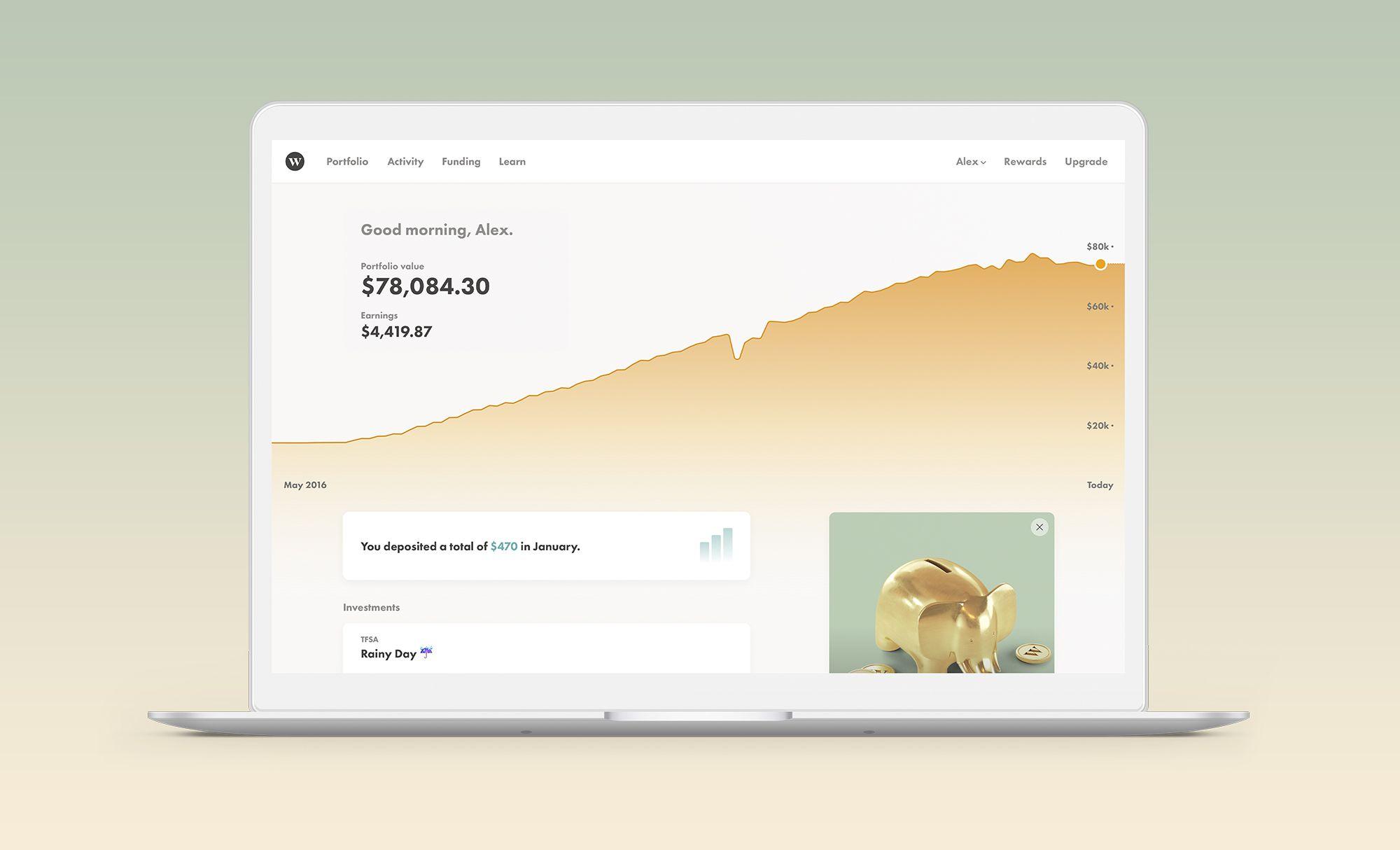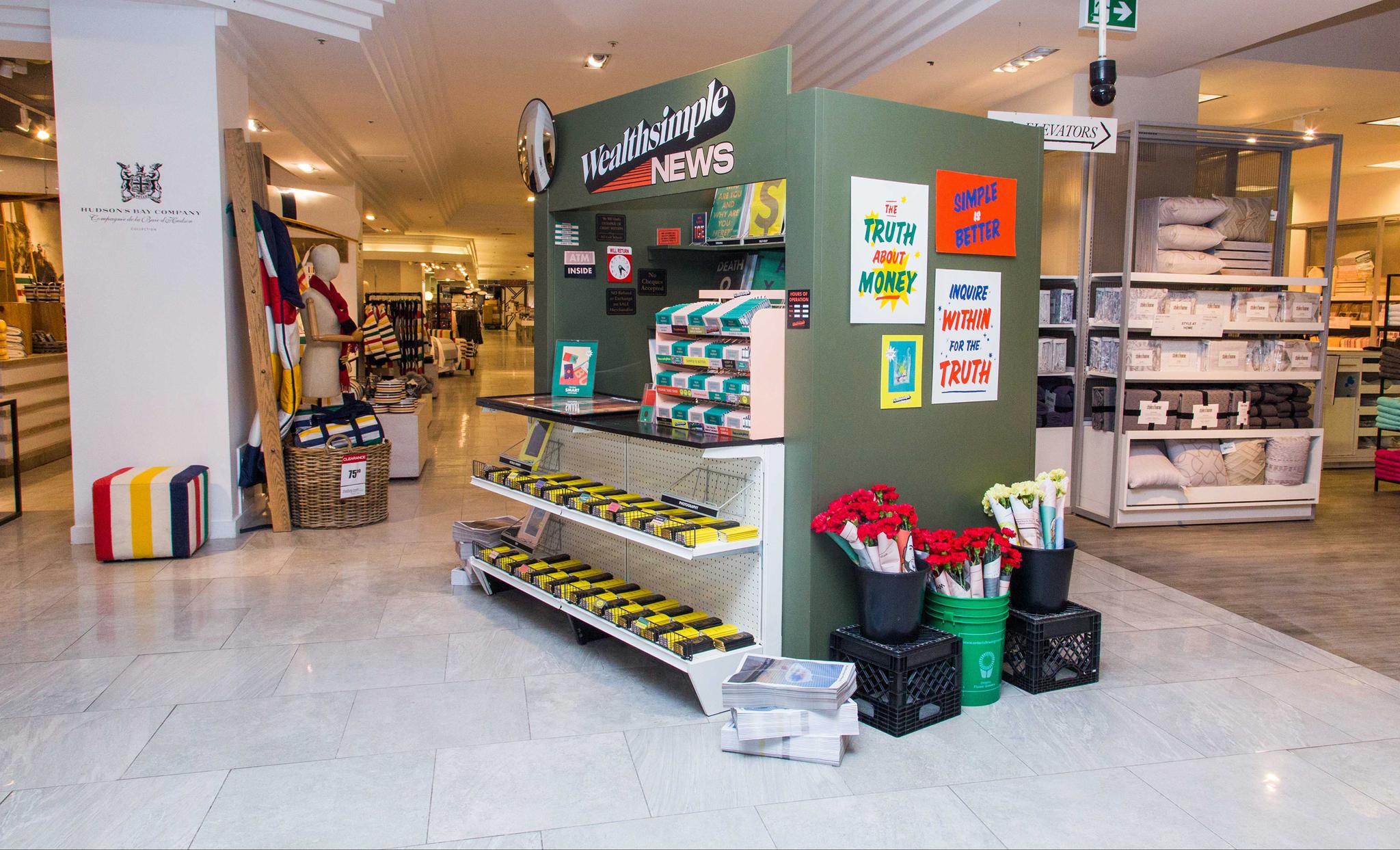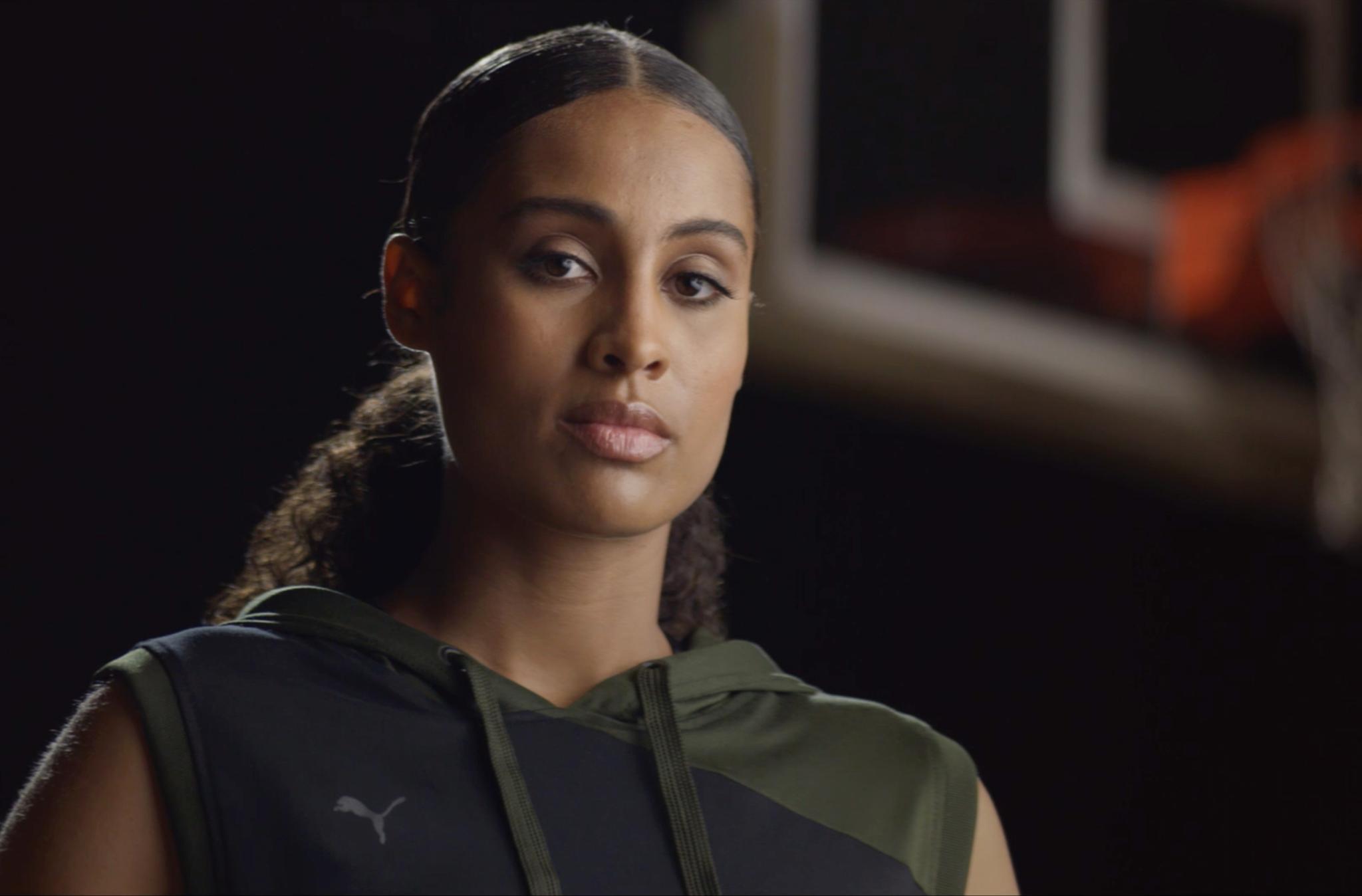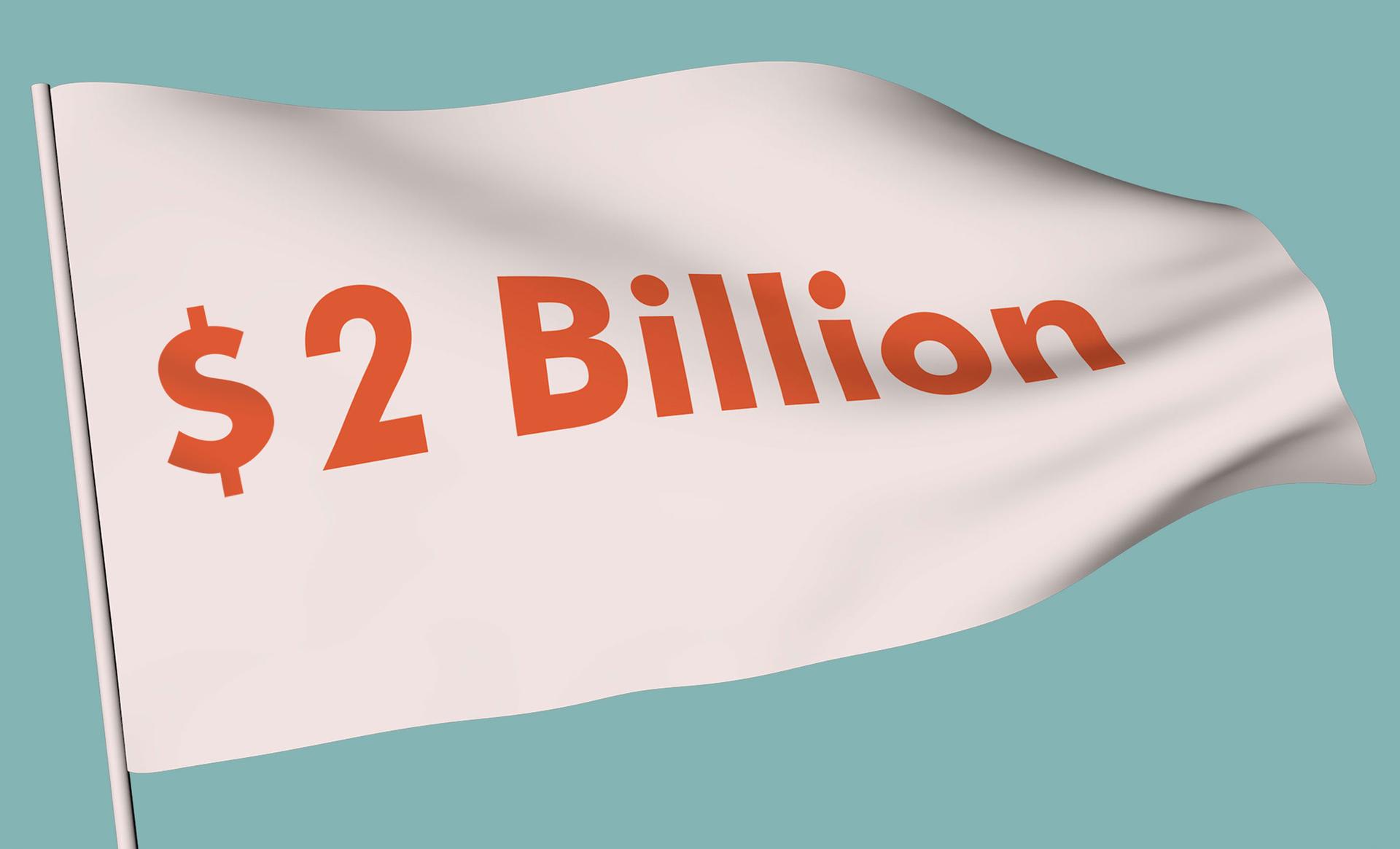
News
We Studied Ourselves: Wealthsimple’s First Diversity Report
We wanted to measure diversity and inclusivity so we anonymously asked Wealthsimple employees about it. The results weren’t what we hoped for, but that’s not why we did it.
Wealthsimple makes powerful financial tools to help you grow and manage your money. Learn more
Our mission at Wealthsimple is to make the tools for financial freedom available to everyone. No matter where you come from, whether you know anything (or everything) about investing, how much you're starting out with. But how can we make products that fit the needs of a big, beautiful, diverse world if the team building those products doesn't reflect that big, beautiful, diverse world?
So first things first. Diversity* is important.
But if diversity is important, then there's something else that has to be important, too. And that's transparency. Honesty. Exposing the truth whether it makes you look good or bad. (Transparency is one of our core beliefs; you can read about it in our Wealthsimple Culture Manual.) Without being honest and transparent, saying you care about diversity is just rhetoric.
Let's go back to a year ago.
Last summer the CBC came out with a report. It asked 31 technology companies a couple of simple questions: Do you collect data on the diversity of your employees, and if so, are you willing to share the data? Only two companies were willing to share the information they had; one of them was Wealthsimple.

Sign up for our weekly non-boring newsletter about money, markets, and more.
By providing your email, you are consenting to receive communications from Wealthsimple Media Inc. Visit our Privacy Policy for more info, or contact us at privacy@wealthsimple.com or 80 Spadina Ave., Toronto, ON.
And we didn't share our numbers because they were perfect. They weren't: Only 29% of our employees were women.
The lack of response from other companies was logical in a way. Corporations are allergic to bad news and addicted to spin, and that's usually for the benefit of shareholders and other people who depend on the company. But in the long run, we believe, it's not healthy. No one can understand how to fix a problem — or even know how big a problem there is — if no one is willing to be honest about it.
Again: transparency. It's important.
“How technology works,” says Mallory Greene, Wealthsimple's head of Corporate Social Responsibility, “depends on who is building it. To make our products work for everyone, we need people from all backgrounds building them.”
That's why this year we didn't wait for the CBC. This March we conducted our first “Diversity, Inclusion, and Belonging” study across our offices in Canada, the United States, and the United Kingdom. In addition to collecting data on race, gender, ethnicity, and other demographic information, we asked our employees 11 questions about inclusion in the workplace. The survey was developed by Culture Amp, and you can learn more about it here.
Last year, we didn't collect data on Wealthsimple employees aside from gender. This time we wanted to know more — where people were coming from, whether our workplace reflected the diversity of the communities we served — and we also wanted to know what kind of environment we were creating. It's one thing to hire people from lots of different backgrounds, but it's another to provide a workplace that helps them thrive. So we also looked for data on four pillars of inclusion: diversity, fairness, belonging, and voice.
We didn't want to wait until we had nice, shiny results to share them. We believe this kind of thinking — and the general avoidance of the topic — leads to the problems that technology and finance companies have in the first place. Sharing the challenges we're facing gives us the opportunity to learn from others, and for us to learn from them.
So what did we find out this time?

The Good
Wealthsimple performs exceptionally well against the vast majority of companies that have taken the same survey.On average, our employees feel that we're creating an inclusive environment that embraces and actively encourages different ideas and ways of thinking. Some highlights:
93% of our employees agree with the statement “Wealthsimple values diversity,” 11% higher than the average score of other companies that took the survey
92% of our employees agree with the statement “I feel respected at work,” 9% higher than the average score of other companies that took the survey
91% of our employees agree with the statement “I feel like I belong at Wealthsimple,” 12% higher than the average score of other companies that took the survey
Two other interesting statistics about the diversity of Wealthsimple are that the team speaks 14 different languages and that 30% grew up speaking something other than English as their first language.
The Bad
Our big goal this year was to close the gender gap on the Wealthsimple team. And while the percentage of women who work at Wealthsimple actually went up around 6 percentage points, to 35% — the number of women in leadership positions went down, from 30% to 20%, and the number of women in management went down, from 32% to 29.5%.
Our new data also suggests we still have a ways to go to reach our goals for racial and ethnic diversity. Only 40% of the team is what the Canadian government defines as a “visible minority.” In Toronto, where our headquarters are, more than 50% of the community is made up of visible minorities, and our goal is to reflect that cultural diversity.
What are we doing to do about it? Glad you asked. Here's what we're doing to improve the diversity of our team in 2018.
Hiring
We've set a goal: We want 50% of our new hires in the next year to be women. One way we're trying to achieve that is by offering a $5,000 bonus for employees who refer women candidates that end up working at Wealthsimple. We also implemented a change: The recruitment team will be measured by this metric and how successful we are at achieving it.
We’re especially focused on our engineering and leadership teams — we don’t want to use the industry-wide gender disparity as an excuse.
So those changes reflect goals we set last year after publishing our data on gender. Now that we have our first data on minority representation at Wealthsimple, we are working to establish a new set of goals. We hope to have updates on those initiatives soon.
Partnerships, Sponsorships, and Groups
We've forged partnerships with organizations like #movethedial and Women & Color. It's an effort to both empower existing employees by helping them connect to larger communities, and to bring those communities into Wealthsimple via events and speakers.
Internally, we've encouraged the team to take the reins. Wealthsimple employees have started three Employee Resource Groups (ERGs): Women of Wealthsimple, Mental Health at Wealthsimple, and Rainbow (LGBTQ+).
Education
Our team at Wealthsimple, across the board, told us they wanted to learn more about how to create an inclusive environment — how to remove unconscious bias; how to communicate in ways that don't alienate people, even accidentally; how to be a good workplace ally. So we've announced a slate of workshops and presentations — like Lunch & Learns, where employees from all our offices can learn something new from a speaker with expertise — that will help ensure we are a place where voices can be heard.
It's all part of Wealthsimple’s mission: Make smart investing accessible for everyone, regardless of your income, your age, where you come from, or who your parents are. We're building the financial services of the future, and to do that, we need to build the workplace of the future. Join us: wealthsimple.com/jobs.
*When we say diversity, we are talking about gender, race, ethnicity, age, religion, sexual orientation, language, marital status, education, disability, immigration status, country of origin and other ways people are different from each other.
Wealthsimple's education team is made up of writers and financial experts dedicated to making the world of finance easy to understand and not-at-all boring to read.










